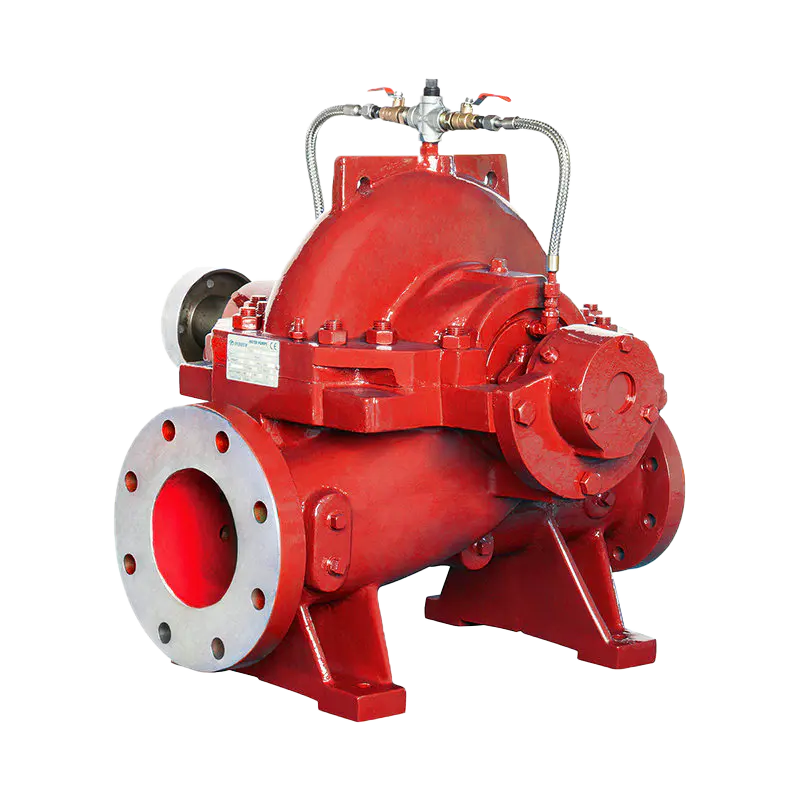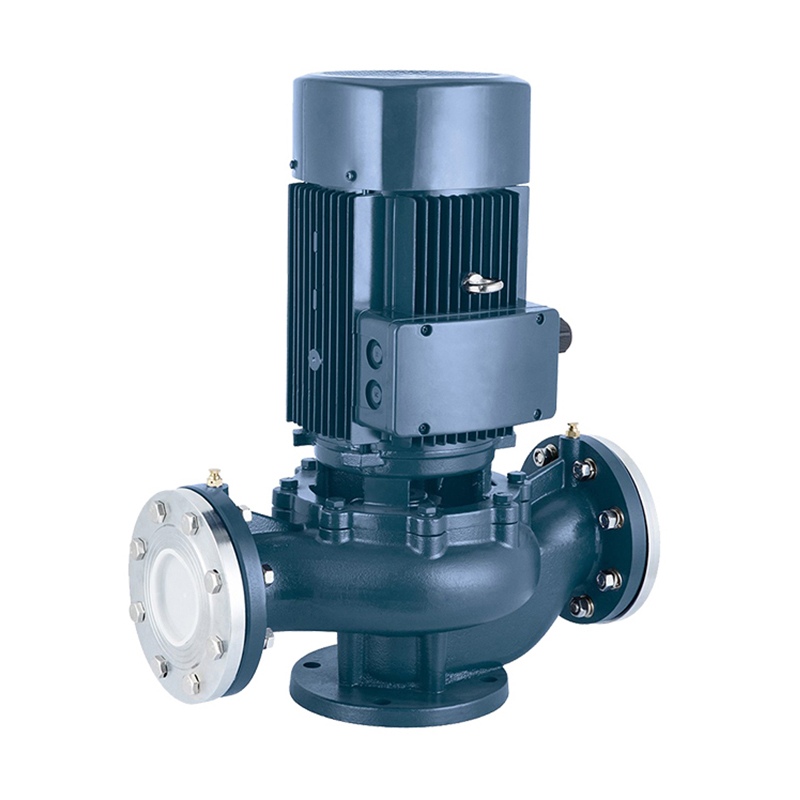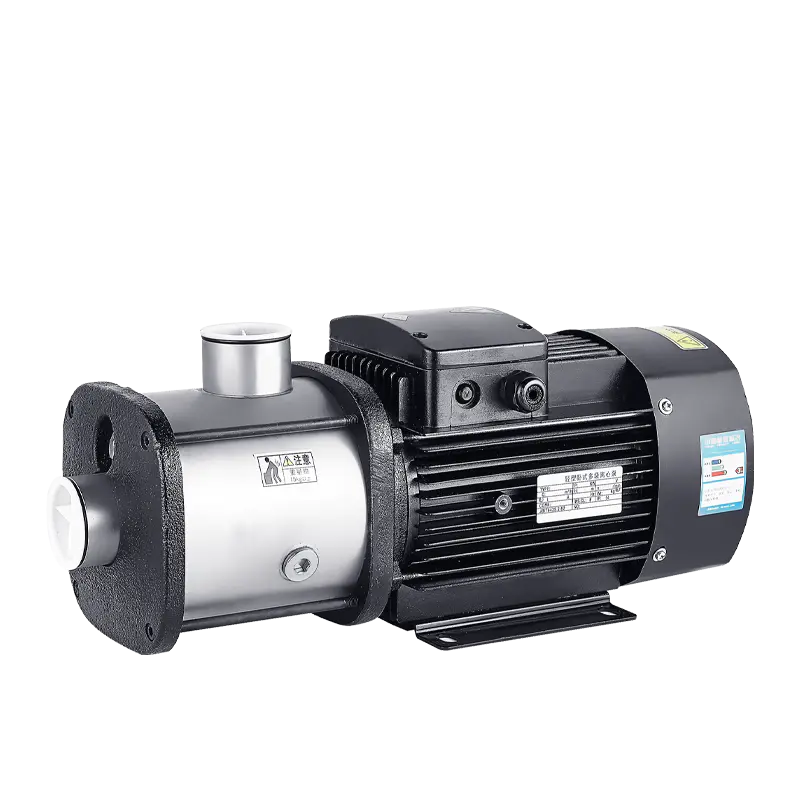In the quest for efficient, reliable, and clean water supply for high-rise buildings, traditional systems often fall short. They can struggle with maintaining consistent pressure, risk contaminating the public water main, and consume excessive energy. This is where the Non-Negative Pressure Water Supply System emerges as a superior, intelligent solution.
What is a Non-Negative Pressure Water Supply System?
A Non-Negative Pressure Water Supply System is an advanced, energy-efficient pumping system designed to supply water to multi-story buildings without creating negative pressure (a vacuum) in the public water supply pipeline.
Unlike traditional systems that draw water directly from the mains, often causing a pressure drop, this system uses a sophisticated pressure stabilization tank and precision controls. It ensures the municipal water main's pressure remains positive at all times, protecting water quality and complying with strict regulations.
How Does a Non-Negative Pressure System Work? The Core Principle
The system's genius lies in its ability to supplement, not replace, the existing pressure from the city main. Here's a simplified breakdown of the working process:
Pressure Monitoring:
Sensors continuously monitor the pressure and flow of the incoming municipal water supply.
Intelligent Supplementation:
When the existing water main pressure is sufficient to reach lower floors, the system's pumps remain idle, allowing gravity and city pressure to do the work. This saves significant energy.
Boosting on Demand:
When higher floors require water, and the municipal pressure is insufficient, the system activates its pumps. Crucially, it only adds the exact amount of pressure needed to complement the existing city pressure, rather than generating all the pressure from zero.
Preventing Negative Pressure:
A key component is the pressure stabilization tank. If the system detects that drawing water might create a vacuum in the main, it temporarily uses water from this tank instead. This completely eliminates the risk of siphoning contaminants from the ground or surroundings into the public water system.
Key Advantages of Choosing a Non-Negative Pressure System
Investing in this modern technology offers a multitude of benefits for building owners, managers, and residents:
1. Superior Water Quality Protection:
By eliminating negative pressure, the system prevents backflow and contamination, ensuring the water from the public main remains pure and safe all the way to your tap.
2. Significant Energy Savings:
Since the system leverages the existing pressure from the water main, its pumps work less and consume far less electricity compared to traditional systems that must overcome the entire building's height from scratch. This leads to dramatically lower operational costs.
3. Stable and Constant Water Pressure:
Enjoy consistent water pressure on every floor, even during peak usage hours. No more weak showers on the top floor when someone flushes a toilet on a lower level.
4. Cost-Effective and Space-Saving:
These systems eliminate the need for large, ground-level water tanks and rooftop reservoirs. This saves valuable real estate space and reduces construction and maintenance costs associated with large storage facilities.
5. Hygienic and Pollution-Free:
Without large storage tanks, the risk of water stagnation, algae growth, and contamination from external pollutants is virtually eliminated.
The Smart Choice for Future-Proof Water Supply
The Non-Negative Pressure Water Supply System is more than just a pump; it's an intelligent, sustainable solution for modern urban living. It successfully addresses the critical challenges of water safety, energy consumption, and operational cost.
 English
English عربى
عربى
 Fire Pump and System
Fire Pump and System Split Case Pump
Split Case Pump Engine and Pump
Engine and Pump Long Shaft Pump
Long Shaft Pump Multistage pump
Multistage pump Water Supplier System
Water Supplier System Sewage Pump
Sewage Pump Industrial Pump
Industrial Pump Self-Priming Pump
Self-Priming Pump Inline Pump
Inline Pump Domestic Pump
Domestic Pump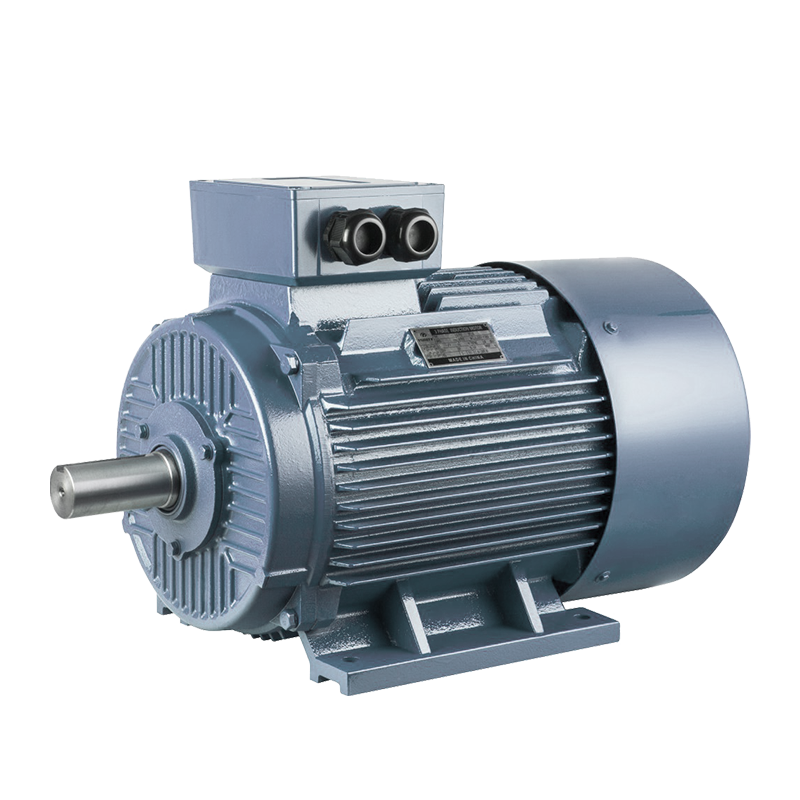 Electric Motor
Electric Motor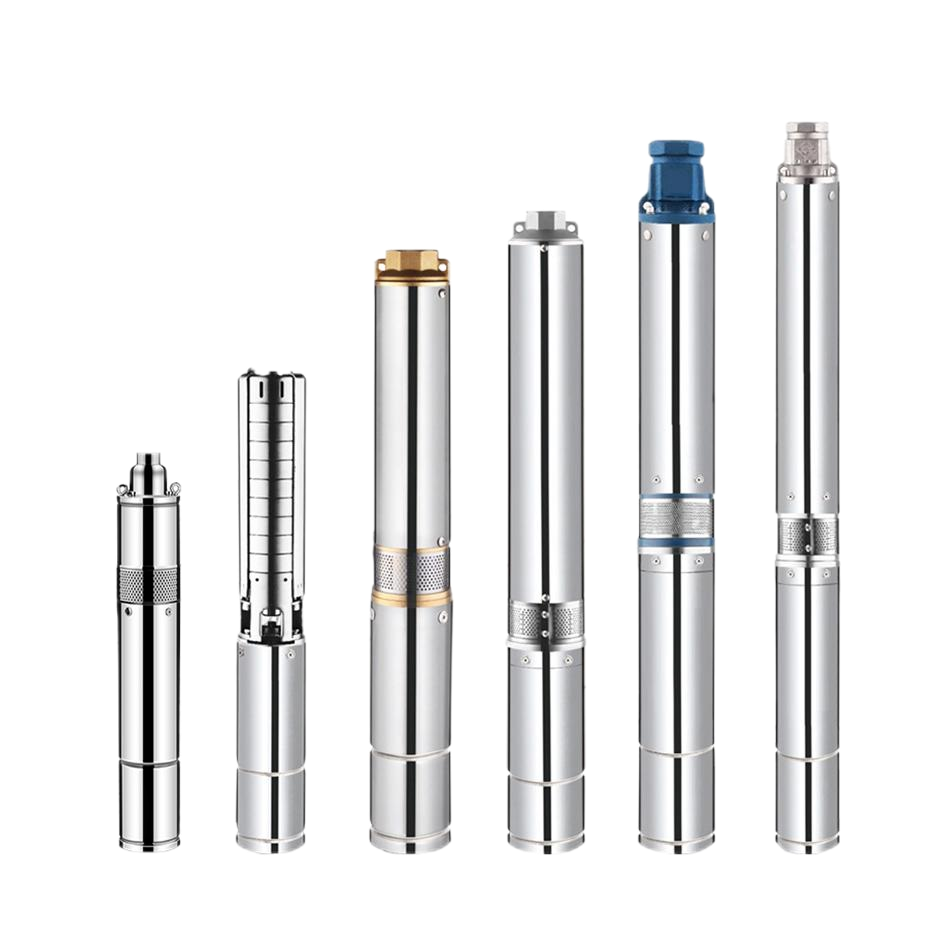 Borehole Pump
Borehole Pump

